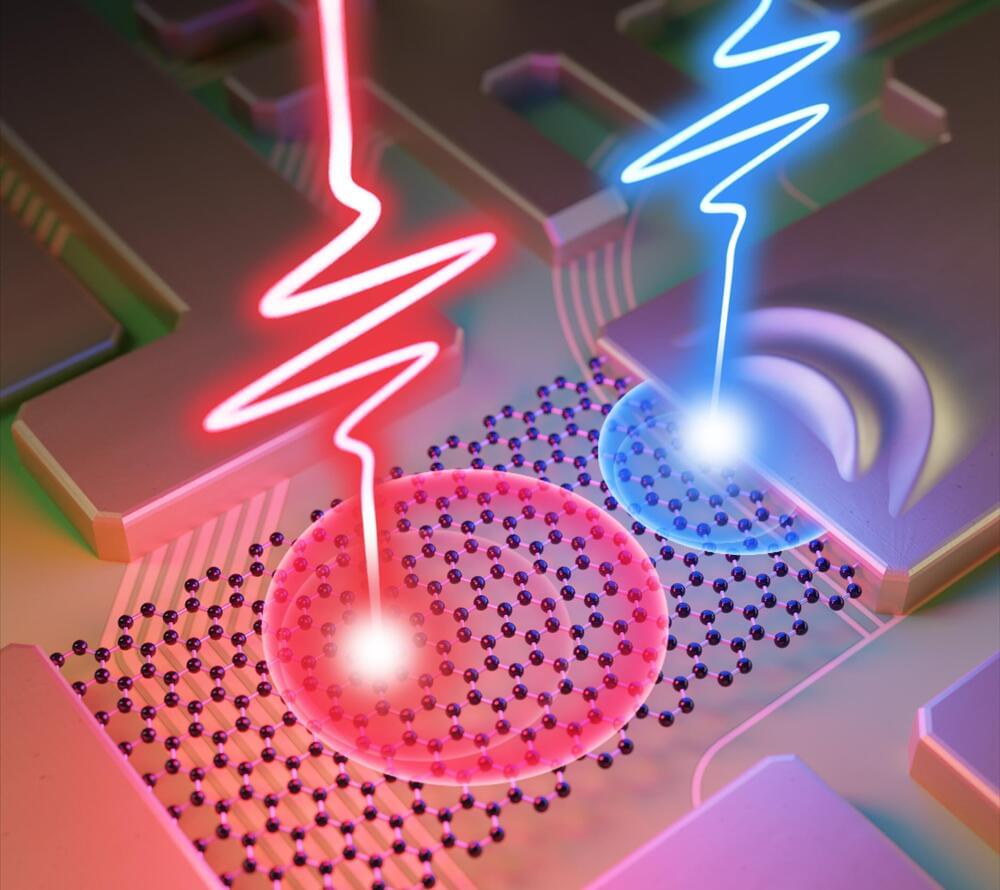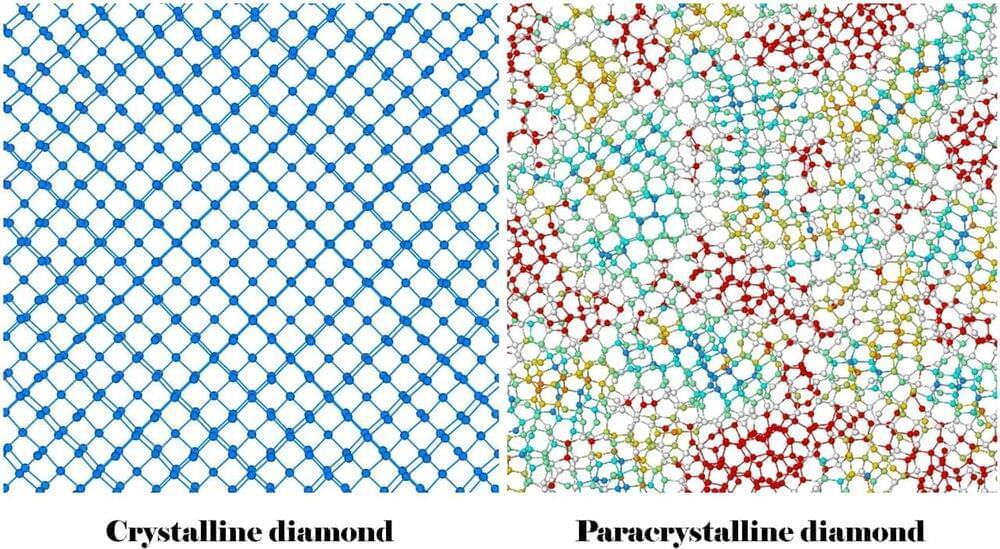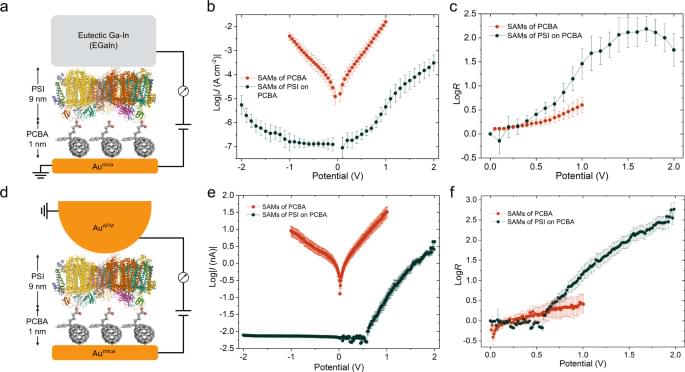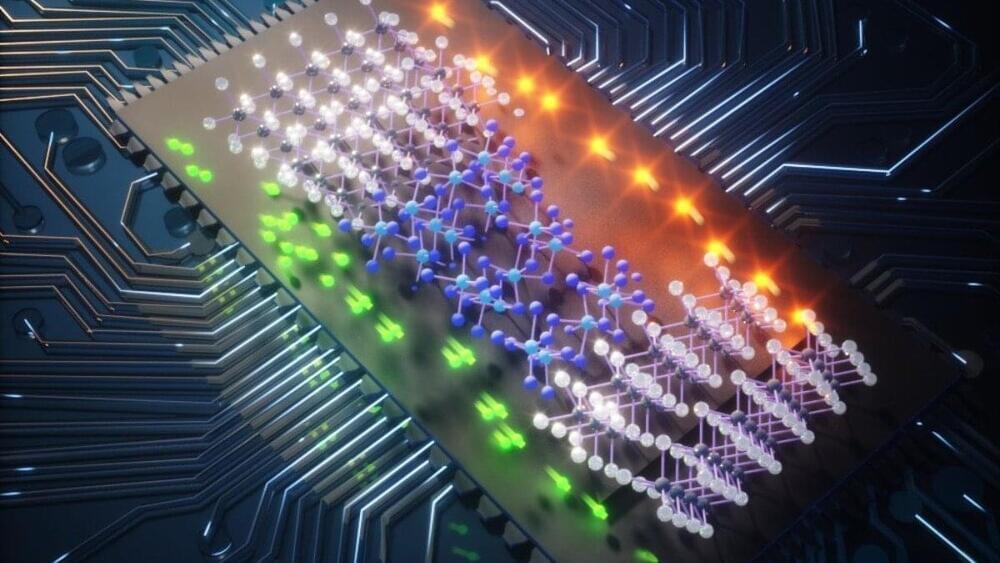Creating a battery that can withstand repeated cycles of heating and cooling is no small feat. Temperature fluctuations cause the battery to expand and contract, and the researchers had to identify resilient materials that could tolerate these changes. “What we’ve seen before is a lot of active research to make sure you do not have to go through that thermal cycle,” says Vince Sprenkle, a strategic advisor in energy storage at PNNL and a co-author of the new paper. “We’re saying, ‘We want to go through it, and we want to be able to survive and use that as a key feature.’”
The result is a rechargeable battery made from relatively inexpensive materials that can store energy for extended periods. “It’s a great example of a promising long-duration energy-storage technology,” says Aurora Edington, policy director of the electricity industry association GridWise Alliance, who was not involved with this research. “I think we need to support those efforts and see how far we can take them to commercialization.”
The technology could be particularly useful in a place such as Alaska, where near-constant summer sunlight coincides with relatively low rates of energy use. A battery that can store energy for months could allow abundant summer solar power to fulfill winter electricity needs. “What is so attractive about the freeze-thaw battery is that seasonal shifting capability,” says Rob Roys, chief innovation officer at Launch Alaska, a nonprofit organization that works to accelerate the deployment of climate technologies in the state. Roys hopes to pilot the PNNL battery in a remote part of his state.







